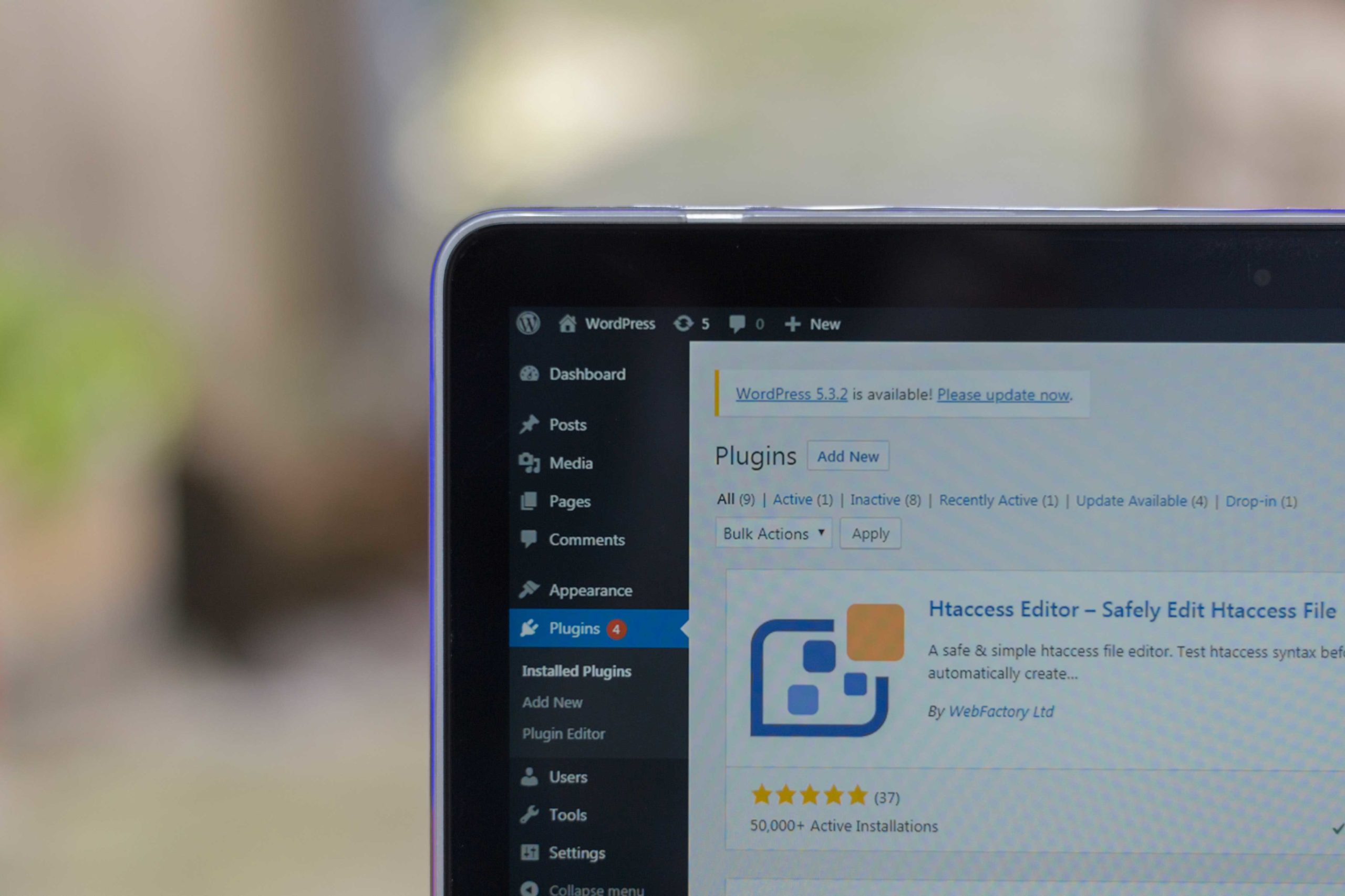For businesses small and large alike, WordPress has consistently ranked among the top Content Management Systems (CMS) tools on the market. It’s free, fast to set up, easy to manage, and there are a plethora of developers and extensions to help with all your website needs.
As sites age, however, the one downside we hear from our clients is that their WordPress site is performing slowly on the frontend of the site (consumer-facing) and/or the backend of the site (developer-facing). It’s no surprise that slow sites frustrate users and increase bounce rates. Google is also now using speed as a ranking factor, which means faster sites are receiving higher ranking preference on search results than slower sites.
If your site has been performing sluggishly, check out our top eight steps you should perform now to help speed up your site!
Before making any performance updates, we always recommend taking a baseline page speed test on key pages to help understand how the site is currently performing. We recommend Pingdom and Google PageSpeed Insights. Both will have recommendations along with the speed results, but complete the items below before potentially tackling any of their recommendations. After each step below, you can perform a new speed test to see if there is any incremental improvement from the optimizations.
One of the biggest culprits of slow site speed is hosting. We recommend going with a host that’s specifically geared toward hosting WordPress sites. We recommend WP Engine to all of our clients because of its speed, reliability and customer service. We’ve seen improvements in speed of up to 30% or more just by switching our clients to a new web host. The improvements in engagement as well as the potential improvements you’ll see in rankings are worth the incremental cost it will take to upgrade your hosting plan.
One major factor that impacts load time is page size. The larger the page is in megabytes, the longer it will take to load on a user’s computer or mobile device. Typically the heaviest strain on a webpage is any kind of media file like images and videos. You can utilize the the page speed tools in our first recommendation to help identify large resources. If you identify large images, you can compress them in a photo editing tool like Photoshop. (Pro Tip: Use the correct file types for optimizing size. Use .jpgs for photos or images with lots of colors, and .pngs for graphics with minimal colors-logos, illustrations, icons if they are not able to be supported as vector .svg files). There are also options in some themes to enable lazy-loading of images and content, which will only load the content or image until the resource is needed (like content out of first view).
The next thing we recommend is to take thorough inventory of all the extensions currently running on your WordPress installation. Do you have plugins that are currently disabled? Delete! Do you have plugins that are enabled but no longer in use? Disable and delete! While plugins can be a lifesaver and save development time and money, they also can bog down and bloat a site. So be as lean as possible when it comes to plugins and always keep an eye on what’s in use and what’s not.
Simply explained, caching on a website is the temporary local storage of files so that sites can load quickly as a user continues to browse a site. When caching is enabled, you’ll see major improvements in page load time as you navigate through the site. Good WordPress hosting companies typically come with caching capabilities (see #1), but if your hosting doesn’t provide any, there are plenty of reliable, free caching extensions on the market.
WordPress is mostly built with PHP programming language. The most recent releases are more secure, leaner, and faster. PHP updates are typically made through your hosting account, and depending on the host, you might have to submit a ticket to make the upgrade. Just make sure to backup the site before you begin!
WordPress updates its core software every few months. The most important reason to keep WordPress up-to-date is security patches and bug fixes, but with those improvements come new features and speed! You should also take some time to make sure that all of your plugins are updated as well. As always, be sure to backup the site before you begin.
If you have a site that is accessed across the country, or even globally, enabling CDN will speed up the time it takes a site to load for a user by serving up a version of the site on a server that is closest to the the user. Some hosting plans will have this as a feature you have to enable, and some might provide it with an additional cost. If your site is media heavy, and you cater to global users, then a CDN might be worth the investment.




